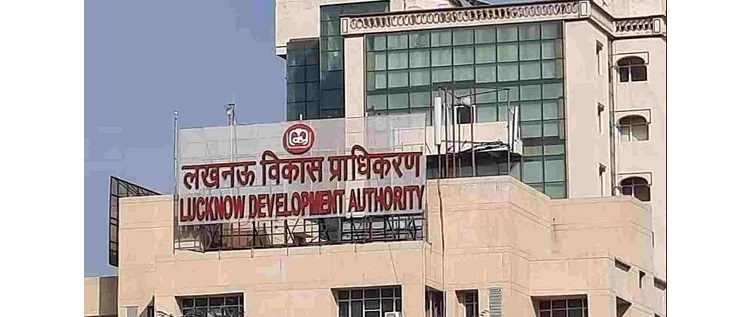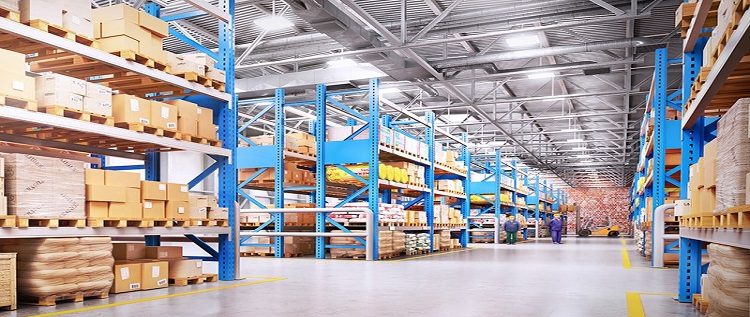E - PAPER
Real Estate Prices to Rise 1.4x of Current Levels
According to real estate report from Motilal Oswal Financial Services (MOFSL), prices have hit rock bottom and are beginning to recover in a select pockets/projects after remaining flat for the past 6-7 years. While developers will keep a close eye on how the inventory position pans out, the supply
 BY
Realty Plus
BY
Realty Plus
Published - Tuesday, 19 Oct, 2021

According to real estate report from Motilal Oswal Financial Services (MOFSL), prices have hit rock bottom and are beginning to recover in a select pockets/projects after remaining flat for the past 6-7 years. While developers will keep a close eye on how the inventory position pans out, the supply shortage will certainly cause prices to rise from that prevailing12-18 month’s back. Prices are expected to rise 1.3-1.4x from current levels over the next 4-5 years, or 4-5 percent on a CAGR basis.
Tenants are right now focusing on recalling employees back to office, which will take at least 4-5 months. The leasing cycle will return once global Office occupancies are back to normal, which will take at least 2-3 quarters. Tenants are increasingly focused on employee hygiene and wellness, which means that demand for Grade-A office will remain in favour. While the near-term outlook remains muted, the long-term view remains positive as 50%/85% of global/domestic companies are expected to grow their real estate portfolio by more than 30% over the next 3-4 years. Supply has remained stagnant at pre-COVID levels of 40-45m sq. ft. annually. Headline rentals have remained unchanged for a large part of last year, but saw a 3-5% correction in 2QCY21.
Stronger players have withstood the cash crunch, while a significant number of players have left the industry. Over the next 6-12 months, supply will continue to be restricted to large listed and private players. Big bang expansions are expected only from these players, while smaller players will consolidate. Over the long term, 20-25 players are likely to dominate the market v/s current developer count of 400-500 players across markets.
The demand momentum has picked-up over the last two months, continuing from where it left before the second COVID wave, and has absorbed a large part of the completed and near complete inventory across markets. Consumers have realized the importance of home ownership and upgradation demand, backed by strong IT hiring and salary revisions has led to a strong pickup in demand. The demand-supply balance will ensure the recovery has more legs. Further, Infrastructure development is leading to incremental habitable locations in urban centers, making sure that demand for housing is here to stay.
RELATED STORY VIEW MORE
TOP STORY VIEW MORE

Mixed Outlook for Australia's Housing Sector In 2024
Mixed Outlook for Australia's Housing Sector In 2024
05 December, 2024NEWS LETTER
Subscribe for our news letter
















